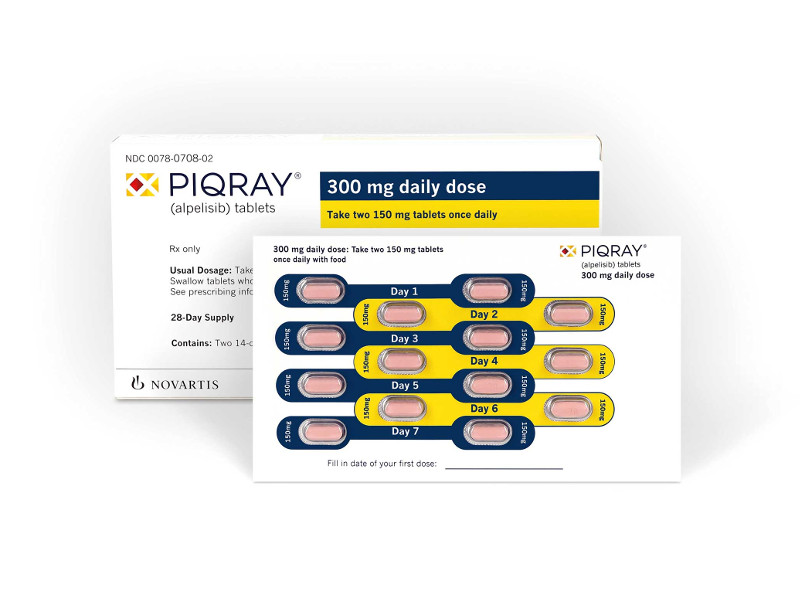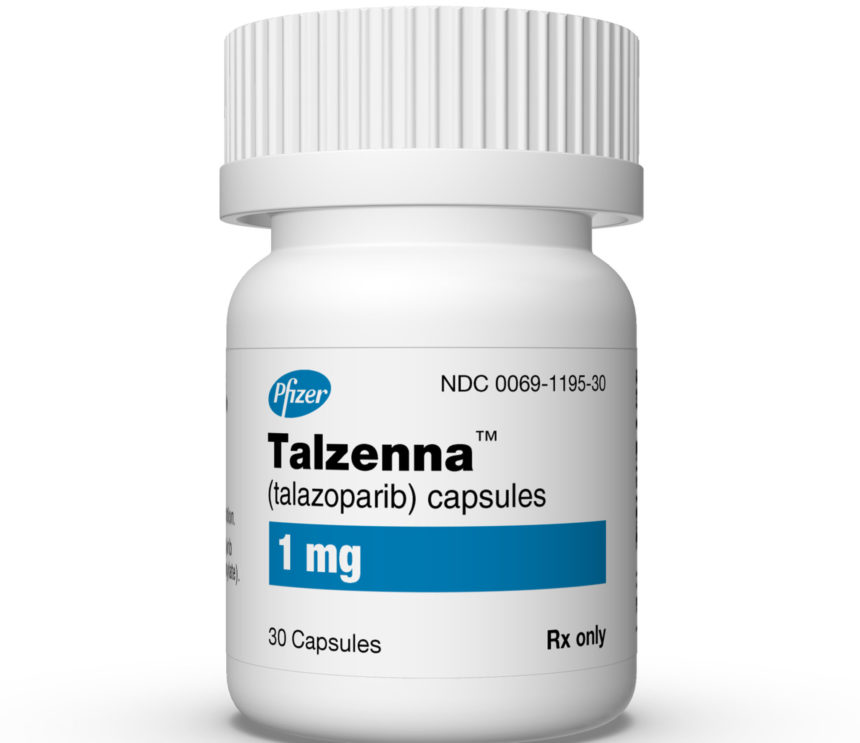Piqray (alpelisib) vs Talzenna (talazoparib)
Piqray (alpelisib) vs Talzenna (talazoparib)
Piqray (alpelisib) is a PI3K inhibitor specifically approved for use in combination with fulvestrant for the treatment of postmenopausal women, and men, with hormone receptor-positive, human epidermal growth factor receptor 2-negative, PIK3CA-mutated, advanced or metastatic breast cancer following progression on or after an endocrine-based regimen. Talzenna (talazoparib) is a PARP inhibitor indicated for the treatment of adult patients with deleterious or suspected deleterious germline BRCA-mutated, HER2-negative locally advanced or metastatic breast cancer. The choice between Piqray and Talzenna would depend on the specific genetic mutations present in the cancer, the patient's hormonal receptor status, previous treatments, and the overall health and treatment goals of the individual, which should be discussed with a healthcare provider.
Difference between Piqray and Talzenna
| Metric | Piqray (alpelisib) | Talzenna (talazoparib) |
|---|---|---|
| Generic name | Alpelisib | Talazoparib |
| Indications | Advanced or metastatic breast cancer with PIK3CA mutation after an endocrine-based regimen | Germline BRCA-mutated, HER2-negative locally advanced or metastatic breast cancer |
| Mechanism of action | PI3K inhibitor | PARP inhibitor |
| Brand names | Piqray | Talzenna |
| Administrative route | Oral | Oral |
| Side effects | Hyperglycemia, rash, diarrhea, decreased appetite, nausea, fatigue, etc. | Anemia, neutropenia, thrombocytopenia, fatigue, nausea, headache, etc. |
| Contraindications | Severe hypersensitivity to alpelisib | None known |
| Drug class | Antineoplastic agent, PI3K inhibitor | Antineoplastic agent, PARP inhibitor |
| Manufacturer | Novartis Pharmaceuticals Corporation | Pfizer Inc. |
Efficacy
Piqray (Alpelisib) Efficacy in Breast Cancer
Piqray, also known by its generic name alpelisib, is a medication that has been shown to be effective in the treatment of breast cancer, specifically hormone receptor-positive, human epidermal growth factor receptor 2 (HER2)-negative, PIK3CA-mutated, advanced or metastatic breast cancer. It is used in combination with fulvestrant, which is an estrogen receptor antagonist. The efficacy of Piqray was demonstrated in the SOLAR-1 clinical trial, where patients with this specific subtype of breast cancer who had progressed on or after an endocrine-based regimen showed a significant improvement in progression-free survival when treated with the combination of Piqray and fulvestrant compared to fulvestrant alone.
The results of the SOLAR-1 trial indicated that the median progression-free survival was nearly doubled for patients receiving the combination therapy involving Piqray. This improvement in progression-free survival highlights the drug's role in addressing the need for targeted therapies in the subset of breast cancer patients with PIK3CA mutations, which are known to be involved in the growth and spread of cancer cells. Piqray, as a PI3K inhibitor, specifically targets the PIK3CA mutation and is the first of its kind to be approved for this indication.
Talzenna (Talazoparib) Efficacy in Breast Cancer
Talzenna, with the generic name talazoparib, is another targeted therapy that has shown efficacy in the treatment of breast cancer. It is specifically indicated for patients with deleterious or suspected deleterious germline BRCA-mutated, HER2-negative locally advanced or metastatic breast cancer. Talzenna is a poly (ADP-ribose) polymerase (PARP) inhibitor, a class of drugs that exploit the concept of synthetic lethality in cancer therapy. The EMBRACA trial was pivotal in demonstrating Talzenna's efficacy, where it was compared with standard chemotherapy in patients with germline BRCA1/2-mutated, HER2-negative advanced breast cancer.
In the EMBRACA trial, Talzenna significantly improved progression-free survival compared to chemotherapy, offering a new oral treatment option for patients with this challenging form of breast cancer. The trial also showed a delay in the time to clinically meaningful deterioration in patient-reported quality of life outcomes for those taking Talzenna compared to those on chemotherapy. This benefit is particularly important as it suggests that Talzenna can not only extend the time without disease progression but also maintain a better quality of life during treatment, which is a critical consideration for patients with advanced cancer.
Regulatory Agency Approvals
Piqray
-
European Medical Agency (EMA), European Union

-
Food and Drug Administration (FDA), USA

Talzenna
-
European Medical Agency (EMA), European Union

-
Food and Drug Administration (FDA), USA

-
Therapeutic Goods Administration (TGA), Australia

Access Piqray or Talzenna today
If Piqray or Talzenna are not approved or available in your country (e.g. due to supply issues), you can access them via Everyone.org.
How it works

Make an enquiry
Choose the medicine you want to buy, answer a couple of questions, and upload your prescription to speed things up. We’ll get back to you within 24 hours.


Make an enquiry
Choose the medicine you want to buy, answer a couple of questions, and upload your prescription to speed things up. We’ll get back to you within 24 hours.


Breeze through the paperwork
We'll guide you through the required documents for importing unapproved medicine, ensuring you have all the necessary information.


Get a personalized quote
We’ll prepare a quote for you, including medicine costs and any shipping, administrative, or import fees that may apply.


Receive your medicine
Accept the quote and we’ll handle the rest - sourcing and safely delivering your medicine.

Some text on this page has been automatically generated. Speak to your physician before you start a new treatment or medication.
Let's talk
If you have any questions, call us or send us a message through WhatsApp or email:
Contact us




